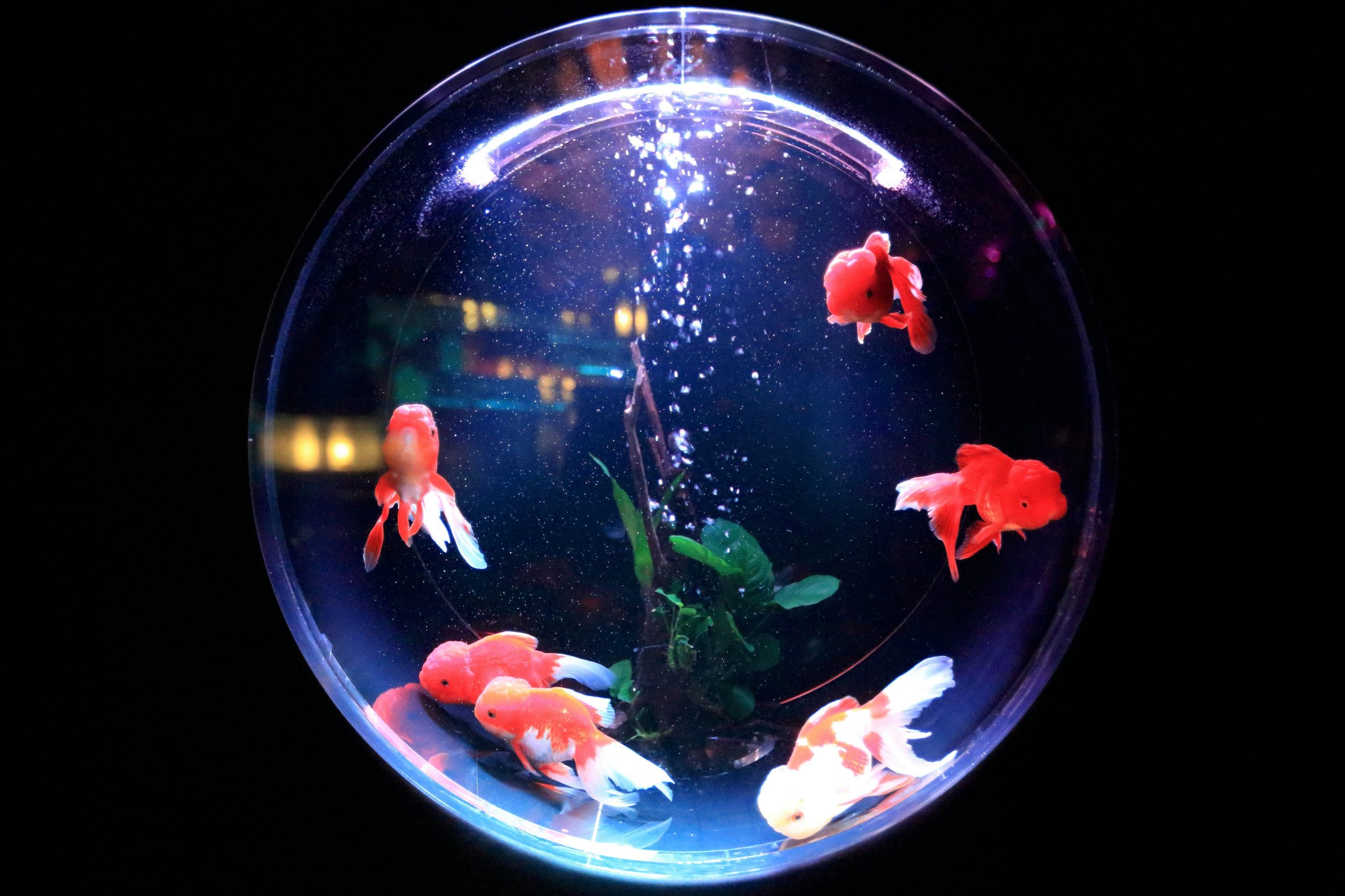Table of Contents
![]()
.png)
Ruppia also referred to as the widgeonweeds, ditch grasses or widgeon grass, is the sole extant genus in the family Ruppiaceae, with eight known species. These are plants widespread over much of the world. The genus name honours Heinrich Bernhard Rupp, a German botanist (1688-1719). They’re widespread outside the tropics and zones.
Description
The leaf is straightforward rather than rhizomatous. They may be yearly (commonly) or perennial (rarely); stem growth is conspicuously sympodial, but sometimes isn’t. These species are adapted to maintain brackish water (and salt marshes). The leaves are medium-sized or small. Their mood can be alternate, opposite, or whorled (usually alternate except when subtending an inflorescence). Even, lamina is linear or setaceous and keep whole. One vein is just shown by the foliage. Stomata aren’t present. The escapes calcium oxalate crystals. The minor leaf veins don’t present transfer cells and vessels that are flows.
These plants have stems without xylem and thickening without vessels. The plastids are P-type. Vessels do not be presented by the main xylem.
These plants are hermaphroditic, with or that is anemophilous hydrophilous pollination. The blossoms are routine, small, and ebracteate. The flowers are aggregated in inflorescences’, but they are solitary. They grow in racemes, spikes, or umbels. The inflorescences are terminal, in short spikes, or subumbelliform racemes, sometimes one- or few-flowered. They don’t have disks that are hypogynous. These flowers don’t have perianth absent, except when staminal appendages are considered as segments. The members are equal. The androecium presents two stamens with anthers dehiscing by longitudinal slits. The pollen is polysiphonous and its grains are three-celled and nonaperturate. The gynoecium (2–)4(–16) is exceptional, carpelled, and euapocarpous. The carpel isn’t stylate, apically stigmatic with the stigma peltate, or umbonate. These blossoms present bitegmic, nonarillate, campylotropous, one pendulous, and crassinucellate. The placentation is apical and development is of the polygonum type. Before childbirth, nuclei fuse. The fruit is fleshy and drupaceous. The carpel is indehiscent, commonly on a long, spirally peduncle, with every drupelet becoming very long-stalked. The fruit comprises a single seed with starch. The embryo could be curved or straight. Membranous testa doesn’t have phytomelan.
Categorization
The Cronquist system of 1981 put the family in order Najadales of subclass Alismatidae in course Liliopsida [=monocotyledons] in-branch Magnoliophyta [=angiosperms].
The APG II system of 2003 (unchanged from the APG system of 1998) does recognize this type of household and puts it in the purchase Alismatales, in the clade monocots.
According to the AP-Website that the household is doubtfully distinct from the household Cymodoceaceae: the plants at the 3 households Cymodoceaceae, Posidoniaceae, and Ruppiaceae form a monophyletic group.
Phylogeny and evolution
The first molecular phylogeny of the monogeneric family discerned three different species, R. tuberosa, R. megacarpa, and R. polycarpa, and one species complex comprising six lineages. The species complex, called R. Maritima complicated, was updated as a set of eight lineages. These studies demonstrated that numerous hybridization and polyploidy occasions in addition to chloroplast catch have happened in the evolution of the genus.
Share This




Be the first to comment